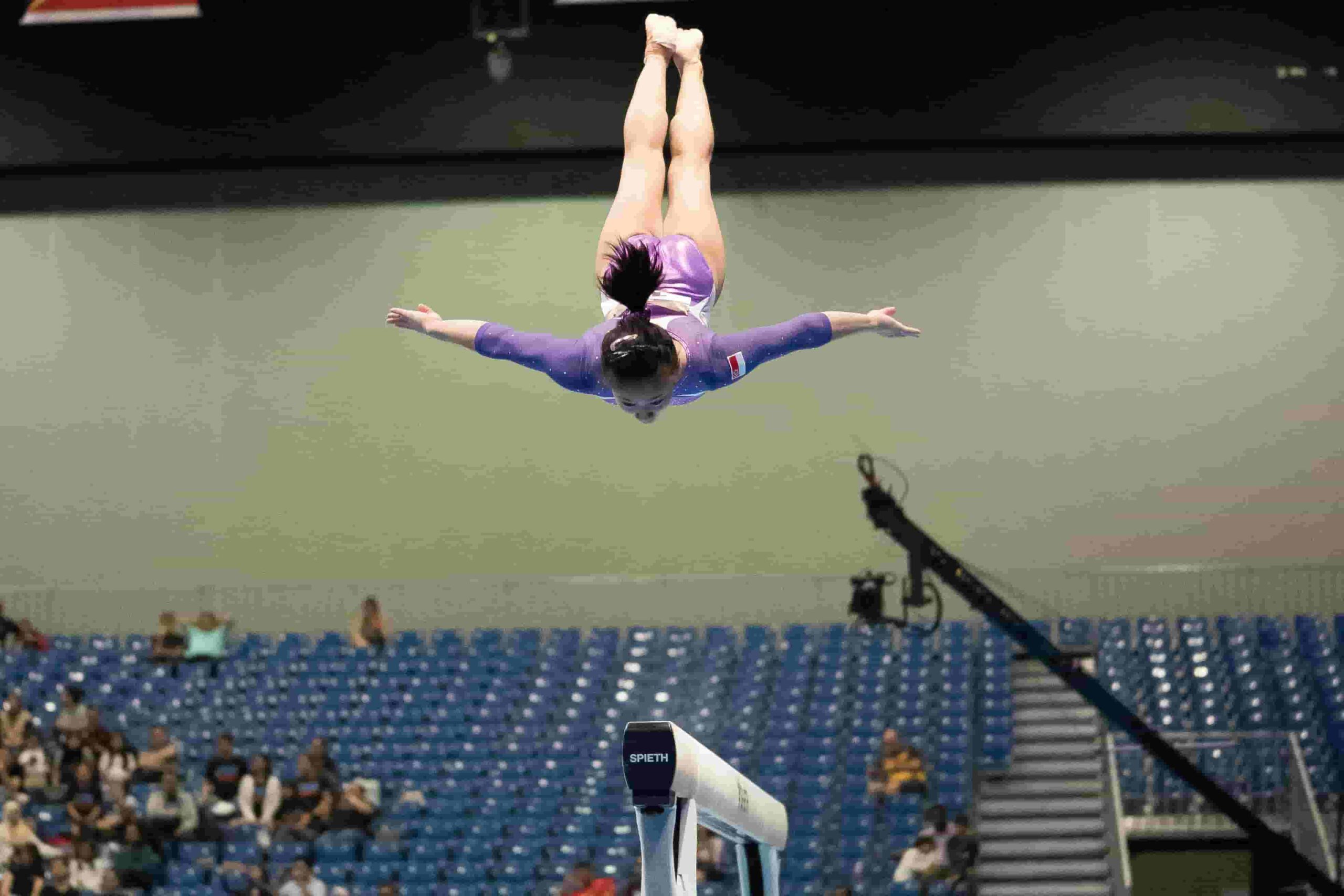Sports acrobatic gymnastics, a captivating blend of strength, flexibility, balance, and artistic expression, stands as a testament to the incredible capabilities of the human body. This discipline pushes the boundaries of physicality and creativity, captivating audiences worldwide with its stunning routines and awe-inspiring feats. In this exploration, we delve into the intricacies of sports acrobatic gymnastics, examining its history, elements, training regimen, and the unique blend of athleticism and artistry that defines this extraordinary sport.
History and Evolution:
The roots of sports acrobatic gymnastics can be traced back to ancient times when various cultures incorporated acrobatic elements into their performances. However, it wasn’t until the 20th century that acrobatics evolved into a competitive sport. The Soviet Union played a pioneering role in shaping acrobatic gymnastics as we know it today, with formal competitions emerging in the 1930s.
The sport gained international recognition, and in 1973, the International Gymnastics Federation (FIG) officially recognized sports acrobatic gymnastics as a distinct discipline. Since then, it has continued to evolve, with new elements, routines, and categories added to challenge and showcase the athletes’ diverse skills.
Elements of Sports Acrobatic Gymnastics:
Sports acrobatic gymnastics is characterized by dynamic and synchronized routines performed by pairs or groups of gymnasts. Each routine comprises three main elements: balance, dynamic, and combined exercises.
-
Balance:
- In the balance element, gymnasts execute static holds and poses that demonstrate their strength and stability.
- These poses often involve intricate formations that showcase the gymnasts’ ability to support and counterbalance each other.
-
Dynamic:
- The dynamic element emphasizes fluid and energetic movements, such as throws, catches, and somersaults.
- Gymnasts perform acrobatic sequences that highlight their agility, coordination, and timing.
-
Combined Exercises:
- Combined exercises seamlessly integrate elements of both balance and dynamic components, requiring a harmonious blend of strength, flexibility, and precision.
- These routines often feature complex choreography, with gymnasts transitioning seamlessly between static poses and dynamic movements.
Training Regimen:
Achieving excellence in sports acrobatic gymnastics demands a rigorous training regimen that encompasses various facets of physical and mental conditioning. Training typically includes:
-
Strength and Conditioning:
- Gymnasts focus on building core strength, upper body strength, and overall muscular endurance.
- Conditioning exercises aim to enhance flexibility, an essential component for executing the fluid movements and poses inherent in acrobatic routines.
-
Skill Development:
- Athletes dedicate extensive training time to mastering the specific skills required for balance, dynamic, and combined exercises.
- This includes perfecting individual elements, such as handstands, throws, catches, and intricate partner holds.
-
Choreography and Artistic Expression:
- Developing a compelling routine involves collaboration between gymnasts and coaches to create sequences that highlight the athletes’ strengths and showcase their personalities.
- Emphasis is placed on conveying emotion and storytelling through movements, adding a layer of artistry to the sport.
-
Team Dynamics:
- As sports acrobatic gymnastics is a team-oriented discipline, fostering effective communication and trust among teammates is crucial.
- Gymnasts work together to ensure seamless transitions between elements and maintain synchronization throughout the routine.
Athleticism Meets Artistry:
What sets sports acrobatic gymnastics apart is the seamless fusion of athleticism and artistry. While the physical demands are evident in the strength, flexibility, and precision required for each routine, the artistic aspect elevates the sport to a form of expression. Gymnasts convey emotions, tell stories, and captivate audiences through their movements, creating a unique and engaging spectator experience.
The choreography of a sports acrobatic gymnastics routine is akin to a carefully crafted dance, with gymnasts moving in harmony to the rhythm of music. The choice of music, costumes, and thematic elements all contribute to the overall artistic presentation, allowing gymnasts to showcase their individual and collective creativity.
Competitions and Scoring:
Sports acrobatic gymnastics competitions are judged based on both technical and artistic criteria. A panel of judges assesses the execution, difficulty, and artistic merit of each routine. Points are awarded for precision, synchronization, difficulty of elements, and overall performance.
The scoring system encourages gymnasts to push their limits, incorporating increasingly challenging elements into their routines. This constant pursuit of excellence contributes to the evolution of the sport, with athletes continually raising the bar for what is deemed possible in sports acrobatic gymnastics.
Challenges and Rewards:
Like any sport, sports acrobatic gymnastics presents its own set of challenges. The intense physical demands and the need for meticulous precision require unwavering dedication and discipline from athletes. Injuries, particularly during the learning phases of new elements, are not uncommon, underscoring the importance of proper training and conditioning.
However, the rewards of sports acrobatic gymnastics are immeasurable. Athletes experience a profound sense of accomplishment as they master new skills, refine their routines, and showcase their abilities on the competitive stage. The camaraderie built within teams fosters lasting friendships, and the opportunity to express oneself artistically adds a deeply fulfilling dimension to the athletic journey.
Conclusion:
Sports acrobatic gymnastics stands as a testament to the extraordinary capabilities of the human body and the boundless possibilities when athleticism and artistry intertwine. From its humble beginnings to its recognition as a highly competitive and visually stunning discipline, sports acrobatic gymnastics continues to captivate audiences and inspire aspiring gymnasts worldwide. As athletes push the boundaries of what is physically and creatively possible, the future of this sport promises even more exhilarating performances and a celebration of the remarkable synergy between strength, grace, and artistic expression.





